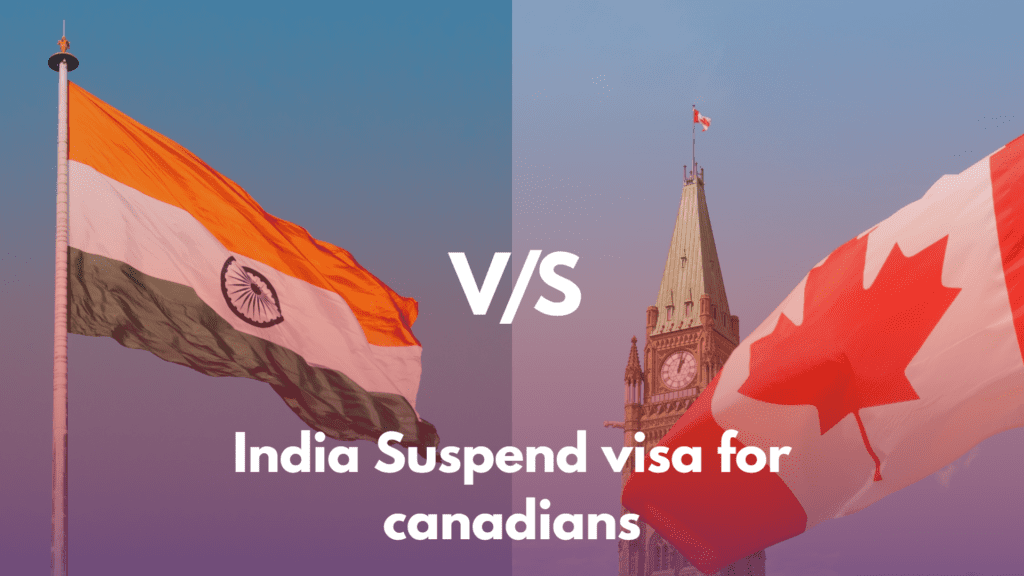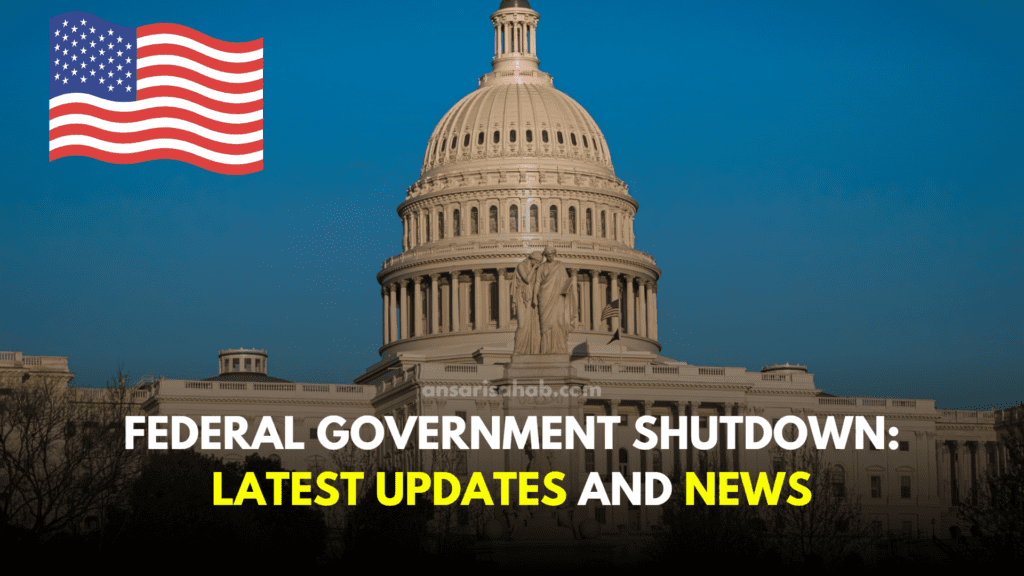🌍 The Geopolitical Finance Shift: U.S. Sanctions Bill May Hit India With 500% Tariff
The geopolitical and economic chessboard is shifting rapidly — and India may soon find itself caught in the crosshairs.
In a dramatic move that could redefine global trade relations, the United States Senate is reviewing the Sanctioning Supporters of Russia Act, a proposed bill that would impose secondary tariffs of up to 500% on countries continuing to trade extensively with Russia, particularly in energy and defense.
While the bill is aimed at pressuring Moscow and isolating it from global commerce, countries like India, which maintain economic ties with Russia, could face devastating consequences, including financial penalties, tariffs, and a potential diplomatic backlash.
The bill, introduced in July 2025, is currently under bipartisan scrutiny and may be passed before the end of the year. If implemented, it will send shockwaves through India’s trade, energy security, and global standing.
🧾 What Is the Sanctioning Supporters of Russia Act?
The Sanctioning Supporters of Russia Act (SSRA) is a powerful new legislative proposal in the U.S. Senate that would give Washington sweeping authority to:
- Impose up to 500% punitive tariffs on goods and services from nations continuing high-volume trade with Russia.
- Sanction financial institutions or companies involved in Russian oil, weapons, or sanctioned commodities.
- Force allied and partner nations to align with U.S. sanctions policy—or face economic retaliation.
While countries like China, Iran, and North Korea are obvious targets, India’s neutral stance and ongoing purchases of discounted Russian crude oil place it squarely under the spotlight.
🛢️ India’s Ties with Russia: A Historical & Economic Overview
India and Russia have maintained strong diplomatic and economic ties for decades. Their relationship spans across multiple strategic sectors:
1. Energy
India continues to import large volumes of Russian crude oil, often at discounted rates. In 2024 alone, India purchased over 40 million metric tons of oil from Russia, making it one of the largest buyers globally.
2. Defense
Russia is India’s top defense supplier, accounting for more than 45% of its military imports, including S-400 missile systems, submarines, and jet fighters.
3. Space & Nuclear
Collaboration extends to space missions, nuclear energy projects, and technology transfers.
In the wake of Western sanctions against Moscow following the Ukraine invasion, India maintained a “strategic neutrality” approach — buying energy from Russia while avoiding political alignment.
This middle path is now being challenged.
💣 Why Is the U.S. Targeting Secondary Trade?
The goal of the U.S. sanctions regime is to completely isolate Russia economically. However, loopholes remain — primarily through countries that:
- Continue to buy Russian oil and gas.
- Sell goods to Russia that may have dual-use (civilian/military).
- Provide financial services or technology to sanctioned industries.
The Sanctioning Russia Act marks a transition from primary sanctions (directly targeting Russia) to secondary sanctions, targeting countries doing business with Russia.
This mirrors historical tactics the U.S. used against Iran, where it penalized companies and countries transacting with Tehran even if they weren’t based in the U.S.
⚠️ What a 500% Tariff Could Mean for India
The proposal to impose tariffs up to 500% is not just symbolic. It could devastate Indian exports to the U.S., which total over $95 billion annually (2024 figures). Here’s how:
🔻 1. Collapse of Key Export Sectors
- Textiles and Garments
- Pharmaceuticals
- Auto Parts
- IT Hardware
If tariffs increase even by 100%, let alone 500%, price competitiveness disappears overnight.
💸 2. Investor Panic
U.S. portfolio investors (FII) account for nearly 36% of India’s total foreign equity inflows. Harsh sanctions would trigger:
- ETF sell-offs
- Rupee depreciation
- Stock market correction
🧯 3. Diplomatic Strain
This could strain India-U.S. diplomatic relations, just months after a G20 summit hosted in New Delhi hailed the growing “Global South-US” alliance.
🔍 Why India Continues to Buy Russian Oil
India’s strategy has always centered around energy affordability and sovereignty.
- Discounted Oil: Russia sells crude to India at a 15–25% discount compared to Brent crude.
- Energy Security: India imports over 85% of its crude needs. Price and supply stability are non-negotiable.
- Payment Terms: India has been paying for oil in rupees, dirhams, and even yuan, circumventing SWIFT and U.S. dollar dependency.
This strategic flexibility has helped India manage inflation and keep energy costs low amid global oil turbulence.
🎯 India’s Dilemma: Strategic Autonomy vs. Global Alignment
India’s foreign policy rests on multi-alignment rather than blind allegiance to any bloc.
While India is a member of the Quad alliance (US, Japan, Australia, India), it is also part of BRICS and the Shanghai Cooperation Organisation, where Russia plays a central role.
The Sanctioning Russia Act forces India into a corner:
- Side with the U.S. and reduce Russian ties — risking energy shortages and defense gaps.
- Ignore U.S. pressure — and face economic punishment that could damage exports, capital markets, and the rupee.
This is a stress test for India’s position as a neutral superpower in a polarized world.
💼 What Can Indian Businesses Do Now?
Indian companies, especially exporters, must prepare for turbulent times:
✅ Diversify Export Markets
Reduce dependency on the U.S. and expand into Africa, ASEAN, and Latin America.
✅ Monitor Regulatory Changes
Track U.S. legislative updates closely; lobby through Indian industry associations.
✅ Hedge Currency Risk
Prepare for volatility in INR/USD rates with hedging strategies.
✅ Strengthen Compliance
Ensure zero exposure to any sanctioned Russian entities to avoid being blacklisted.
🌐 What Lies Ahead?
The next three months are critical:
- The U.S. Senate vote on the Sanctioning Russia Act is expected by October 2025.
- U.S. presidential elections and foreign policy stances will play a pivotal role.
- India may negotiate waivers or push for exemptions, as it did during the Iran sanctions era.
The outcome could shape India’s trade strategy, diplomatic priorities, and investor sentiment well into the next decade.
🔚 Conclusion: Sanctions or Standstill?
The proposed 500% tariff under the Sanctioning Russia Act is a warning shot. For India, the choices are neither simple nor risk-free.
What remains clear is that the era of neutral trade is over. The geopolitical climate demands clear choices, robust diplomacy, and agile economic policies.
India must now balance sovereignty with global compliance, or risk being caught in the crossfire of a new cold war — one measured not in missiles, but in tariffs, sanctions, and disrupted supply chains.








